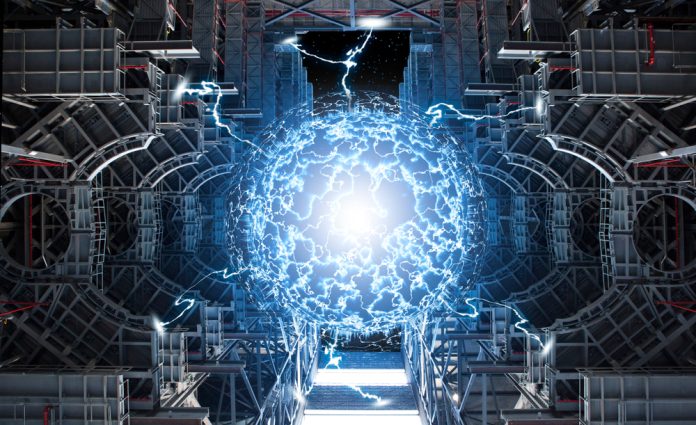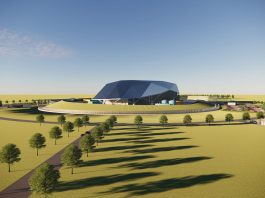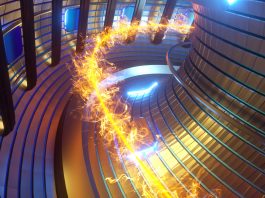The International Atomic Energy Agency (IAEA) has raised its projections for nuclear power growth for the fourth consecutive year.
With the global shift towards sustainable energy, nuclear energy capacity is now expected to increase 2.5 times by 2050 compared to current levels.
This surge will be driven in part by the rising importance of small modular reactors (SMRs), a technology that has captured global attention for its potential to aid both electrification and broader environmental goals.
What are small modular reactors?
Small modular reactors are a new generation of nuclear reactors designed to be more compact and versatile than traditional large-scale nuclear plants.
Their smaller size allows them to be built in factories and transported to sites, significantly reducing construction time and costs.
SMRs typically produce less than 300 megawatts of electricity (MWe) per unit, compared to the 1,000 MWe or more that large reactors generate.
SMRs are particularly appealing for countries or regions with smaller grids, limited space, or less demand for power.
They offer flexibility in deployment, making them suitable for remote areas, industrial sites, or even replacing fossil fuel plants.
Furthermore, small modular reactors are considered safer due to their innovative designs, which often feature passive safety systems that automatically shut down the reactor in case of an emergency.
Beyond electricity generation, SMRs have the potential for non-electric applications such as desalination, hydrogen production, and district heating, making them a versatile solution for various energy needs.
IAEA projects major nuclear expansion
In its newly released report, Energy, Electricity and Nuclear Power Estimates for the Period up to 2050, the IAEA highlights the growing global consensus around nuclear energy as a key solution to the climate crisis.
At COP28 in Dubai, nuclear power featured prominently for the first time in the Global Stocktake, a landmark move that underscored the role of low-emission technologies, including nuclear, in achieving rapid decarbonization.
At the 68th IAEA General Conference, held in Vienna, IAEA Director General Rafael Mariano Grossi emphasised the momentum behind nuclear energy, particularly small modular reactors, as countries aim to meet climate targets while ensuring a reliable energy supply.
“The new IAEA projections reflect increasing acknowledgement of nuclear power as a clean and secure energy supply, as well as increasing interest in SMRs to target both electric and non-electric applications to meet climate goals,” Grossi said.
Nuclear capacity to more than double by 2050
Currently, 413 nuclear reactors operate worldwide, with a combined capacity of 371.5 gigawatts (GW).
By 2050, the IAEA’s high-case scenario envisions a global nuclear capacity of 950 GW, more than doubling today’s output.
Even in the low-case scenario, capacity is expected to rise by 40% to 514 GW. Notably, SMRs are anticipated to contribute significantly to this growth, accounting for around a quarter of the added capacity in the high-case scenario.
The projections take into account several factors, including lifetime extensions for existing reactors, new construction projects, and potential reactor shutdowns.
Around 30 countries, many of which are newcomers to nuclear power, are currently exploring options for incorporating nuclear energy into their mix.
Key factors for success
Despite the promising outlook, the IAEA report outlines several enabling factors that are critical to achieving the projected growth.
These include national policies that support nuclear development, increased financing opportunities, a skilled workforce, and international regulatory harmonisation, particularly for SMRs.
Demonstration projects, investment in grid infrastructure, and supply chain management are also highlighted as essential components for scaling up nuclear energy.
Next month, the IAEA will host the International Conference on SMRs and their Applications, bringing together stakeholders from across the nuclear sector to discuss how to accelerate the safe and secure deployment of SMRs globally.
As the world faces increasing pressure to reduce emissions and secure a stable energy supply, nuclear power, with a significant contribution from small modular reactors, is poised to play a crucial role.
With the right policies and investments in place, SMRs could be key to unlocking the full potential of nuclear power in the coming decades.









